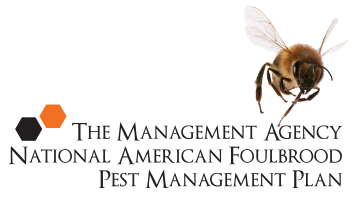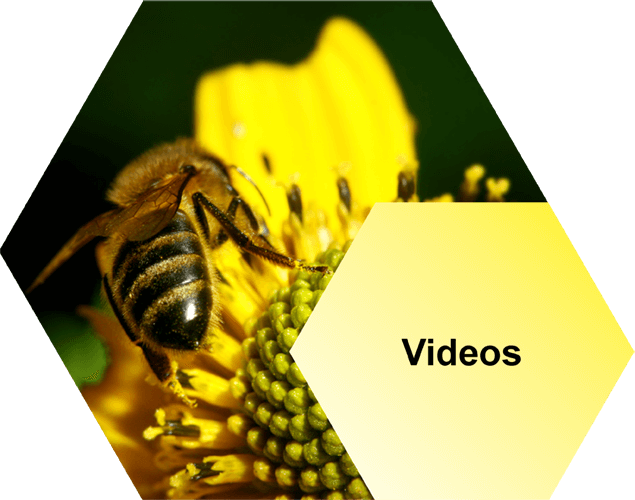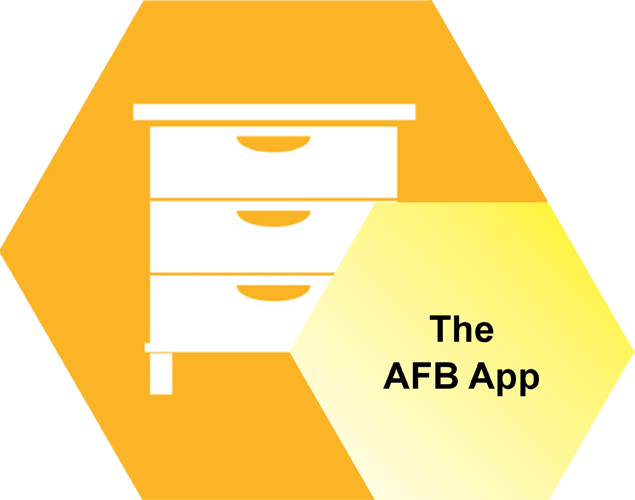Half-moon syndrome
What is half-moon syndrome?
Half-moon syndrome does not appear to be a disease of honey bees, since no organism has ever been found that produces the syndrome’s effects. The cause of half-moon syndrome is unknown, but research indicates that it is probably nutritional and/or genetic in origin.
The features of half-moon syndrome closely resemble those of European foulbrood and parasitic mite syndrome. These include patchy brood patterns, perforated cappings (in advanced stages), curled larvae (either c-shaped in the bottom of the cell, or twisted in a “half-moon” shape from the bottom to the top of the cell), yellowish colouration and tracheal outline, and a sour, urine-like smell.
Differences to AFB

The only major difference in appearance between half-moon syndrome and EFB or PMS is the presence of multiple eggs in cells. In half-moon syndrome, this multiple egg laying can be found in many worker cells (Fig. 51), with the eggs attached in chains, rather than all fastened to the bottom of the cell (as is the case when the colony has laying workers). Multiple egg laying is not associated with AFB.
In hives with advanced cases of half-moon syndrome, a high percentage of drone brood (including capped brood) can be found in worker cells, with very little worker brood present. Beekeepers generally believe that such a symptom is the result of a poorly mated or old queen, and simply re-queen the hive. Re-queening usually alleviates half-moon syndrome.
Because the distinguishing features of half-moon syndrome so closely resemble the symptoms of EFB and parasitic mite syndrome, beekeepers should always contact MPI, free phone 0800 809 966.
Larvae affected by half-moon syndrome do not lie along the bottom of the cell, but instead spiral up the cell wall, and may form a half-moon scale around the cell.
Take the AFB 5 minute quiz
How well do you know what you need to know about AFB and beekeeping? Take our short quiz and find out.
Videos
Our videos cover everything from your legal obligations to how to recognise AFB, collecting cell and bee samples and more.
Symptoms
There’s a lot of good information here, telling you everything you need to know about recognising AFB: the visual symptoms, smell of AFB and more.
Inspection and Diagnosis
Successfully eliminate AFB by telling the difference between symptoms of AFB and other brood diseases in the hive. We tell you the best methods for inspecting your hives.
The Law
New Zealand beekeepers have a number of legal obligations that must be met regarding AFB disease. Read the shortened list in summary, here.
Elimination
Most hives become infected because bees, honey or equipment have been put into a hive from another hive that is infected with AFB. Lower your chances of an AFB infection by reading this section.
AFB Recognition Course Info
Find out when the next AFB Recognition and Competency Courses, or Refresher Courses are available. These are held throughout the year in various New Zealand locations across the South Island and North Island.
The AFB App
Follow the link below to open the App. Once open to save to your device you need to bookmark the URL on your phone so you can find it easily again. Please click here to open.









